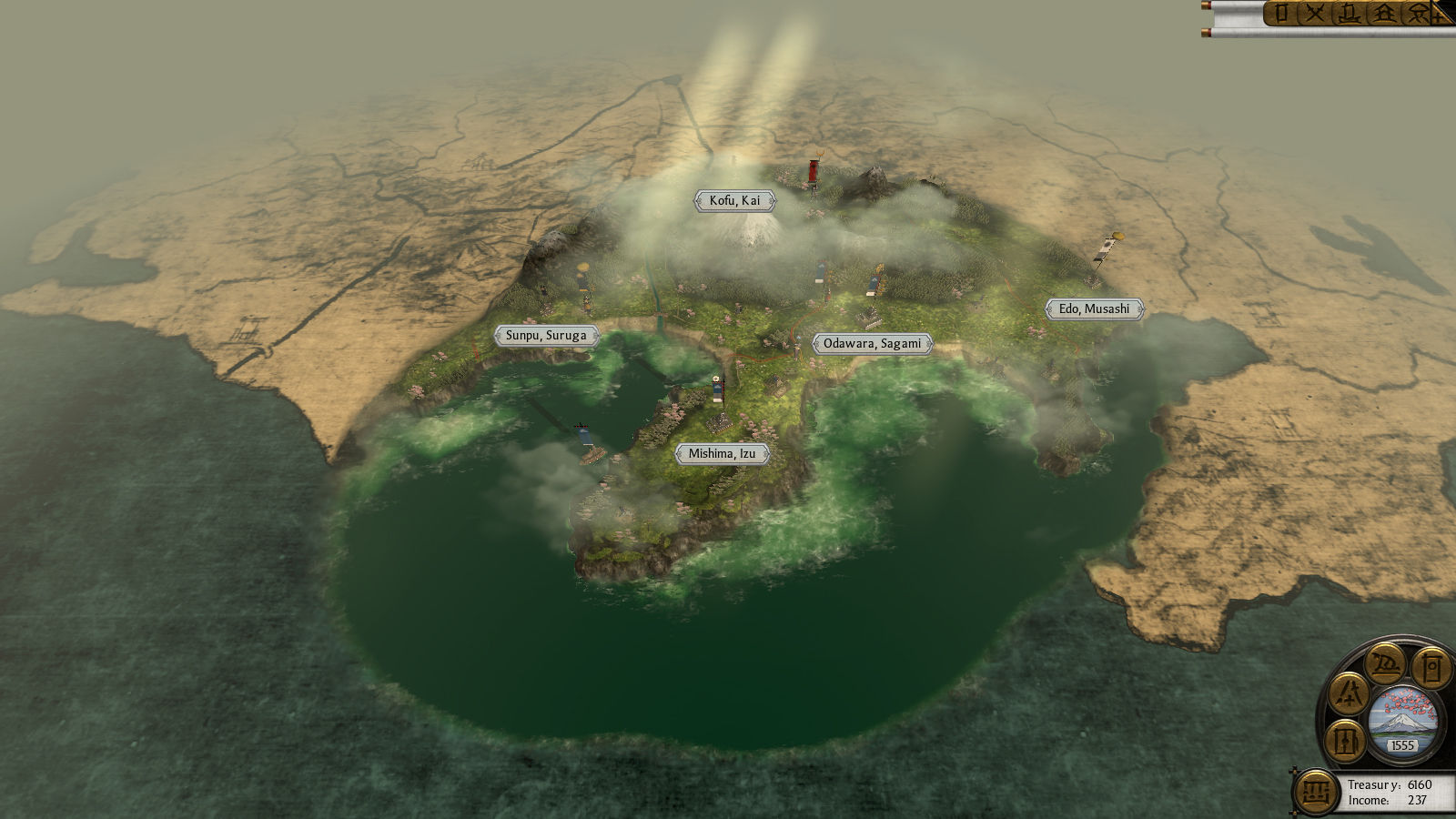
Total War- Shogun 2 - All Main Campaign Clan Intros - BriefingsĮvery clan intro/briefing from Shogun 2's main campaign In addition, an achievement system is designed to provide adhering players with unique abilities and cosmetic upgrades. When a player defeats enemy armies and conquers territories, the player gains points and other bonuses for the clan. As a player's army invades an enemy territory or is attacked by enemy armies, the online matchmaker finds a suitable opponent and initiates a multiplayer battle. The clan leaders have the ability to direct other players and assign rewards based on loyalty and performance, introducing clan politics into multiplayer. In a multiplayer campaign, players can be grouped into different clans, so that for each clan, one player assumes the role of clan leader and others take command of armies.

Shogun 2 features multiplayer battles as well as multiplayer campaigns that may involve more than 2 players. Players fight naval battles with unique Japanese ships resembling "floating castles", and take into consideration melees on ships, arrow fire, coastal terrain, and many factors. In contrast to European castles and forts, the castles in feudal Japan had multiple tiers, and thus the siege battles in the game are put less focus on wall defenses but more on courtyard brawls and tactical maneuvering. The developers paid particular attention to re-designing the naval and siege battles appropriate to the new setting. The game engine can reportedly support up to 56,000 soldiers in a single battle. The "battles" of Shogun 2 involve large-scale skirmishes between armies that meet on the campaign map, taking place on land or on water. The player can also engage in family politics within the clan, to keep its members loyal. The player are able to improve and unlock skills, traits and special abilities for the characters as they gain experience. Generals and agents are to be portrayed as "larger-than-life" heroes with unique characteristics and powerful abilities. In Shogun 2, leaders and generals are given more personality and depth in gameplay, in an RPG-like fashion. In addition to fighting, the player are able to engage in diplomacy, political maneuvering, and special agents to gain the upper hand. The armies and units are organized and moved around the stylized campaign map by the player to carry out battles with other factions. In the "campaign", the player oversees the development of settlements, military production, economic growth, and technological advancement. The player plays the role of both the clan leader and general, alternating between the "campaign", where the player manages his land and armies turn by turn, and the "battles", where the player takes control of the army on the battlefield in real-time. Shogun 2 has a combination of real-time strategy and turn-based strategy gameplay, a staple of the Total War series. Compared to Empire which spanned the entire globe, the new installment is set to focus on the islands of Japan and on a reduced number of unit types. For example, to reflect the characteristics of East Asian warfare, the game's AI is designed on the principles of Sun Tzu's The Art of War. Moving away from the European setting of other Total War games, and returning to the setting in the first Total War title the developers are making significant changes to core gameplay elements of Shogun 2. There are also many non-playable factions in the game. The base game features a total of nine playable factions, each with a unique starting position and different political and military strengths. The player takes on the role of one of these warlords, with the goal of dominating other factions and claiming his rule over Japan.

The country is fractured into rival clans led by local warlords, each fighting for control. Shogun 2 is set in the Sengoku jidai, "the Warring States Period" (16th-century feudal Japan), in the aftermath of the Onin War.


 0 kommentar(er)
0 kommentar(er)
